💪 Support independent web, support us:
There are great many things to do in Greece, and so are in Patras.
Explore the hidden gems of this enchanting city perched at the foot of mythical Mount Panachaikon and nestled between the Ionian Sea and the Gulf of Patras.
Without further ado listed below are some of the most fun things to do in Patras:
1. Achaia Clauss winery
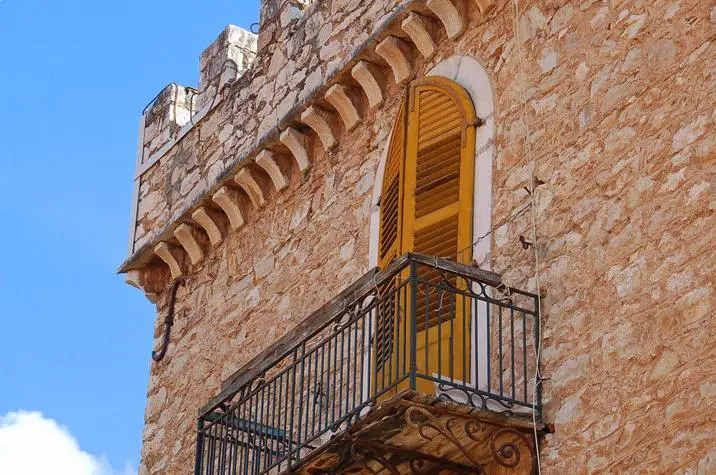
Achaia Clauss is a historic winery located in Patras, Greece.
It was founded in 1861 by Bavarian Gustav Clauss, who fell in love with the region’s climate and soil for producing wine.
What to see or do: Take a guided tour of the winery to see the old cellars, production areas, and museum. Learn about the history of the winery and the wine-making process.
Taste a variety of wines, including Mavrodaphne, which is the winery’s most famous product.
Don’t miss: The wine tasting experience is a must-do when visiting Achaia Clauss. The winery has some of the best Greek wines you can taste, and their flagship product, Mavrodaphne, is a must-try.
Also, don’t miss the opportunity to purchase some of their wines, which make a great souvenir from Greece.
Insider travel tips: The winery is located outside the city, so it’s best to reach there by car. Try to arrive early in the morning when the winery is less crowded.
If you’re visiting during the summer months, make sure to apply sunscreen and wear a hat as temperatures can reach high.
Also, keep in mind that the winery is closed on Sundays and public holidays.
2. Ancient Roman Amphitheatre

The Ancient Roman Amphitheatre is an impressive historic landmark located in the city of Patras, Greece. It is an ancient structure built during the Roman Empire in the 1st century AD.
What to see or do: Visitors can explore the Amphitheatre and marvel at its remarkable architecture. Visitors can also learn about the history of the structure and its significance to Greece and the Roman Empire.
Don’t miss: Don’t miss the opportunity to take in the stunning panoramic views of Patras from the top of the Amphitheatre. The views are breathtaking and offer a unique perspective of the city.
Insider travel tips: It is recommended that visitors wear comfortable shoes as there are steep stairs throughout the Amphitheatre. Additionally, it’s best to visit the site during the early morning or late afternoon to avoid the midday heat.
Further, there are often cultural events hosted at the Amphitheatre, so it’s worth checking the events calendar to take part in any local festivities.
3. Rio-Antirrio Bridge

The Rio-Antirrio Bridge is a cable-stayed bridge that spans over the Gulf of Corinth in Greece, connecting the cities of Rio and Antirrio.
What to see or do: Take a drive or walk across the bridge for breathtaking views of the Gulf of Corinth and surrounding mountains. The bridge illuminates at night, making for a stunning sight.
Don’t miss: Stop at one of the designated viewing areas to take in the stunning panoramic views of the surrounding landscape and the impressive engineering feat that is the bridge itself.
Insider travel tips: Consider taking a ferry across the gulf to get an even better view of the bridge, or take a day trip from Athens to explore the nearby historic city of Patras.
Be aware of tolls when crossing the bridge, especially during peak tourist season.
4. Patras Castle
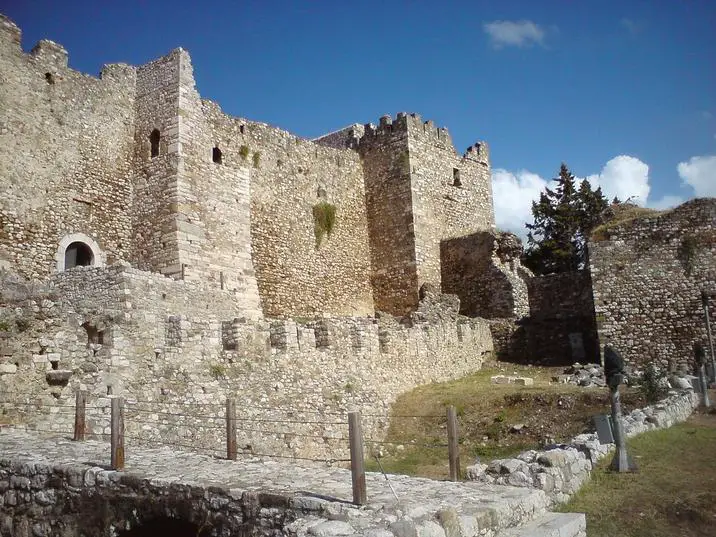
Patras Castle is a medieval castle located in the city of Patras, Greece.
What to see or do: Explore the impressive fortifications of the castle, including the walls, towers, and gates. Take in stunning views of the city and the Gulf of Patras from atop the castle.
Visit the archaeological museum located within the castle walls.
Don’t miss: The restored Roman Odeon, an ancient theater located just outside the castle walls. The Church of Saint Andrew, a beautiful Byzantine church located nearby.
Insider travel tips: – Wear comfortable shoes as you will need to do some walking uphill to reach the castle.
5. Archaeological Museum of Patras

The Archaeological Museum of Patras is a museum that houses a collection of artifacts from prehistoric times to the late Roman period.
What to see or do: The museum has a number of interesting exhibits, including pottery, sculptures, and ancient coins.
Visitors can also learn about local history through the exhibits, which cover the ancient city of Patras and the surrounding region.
Some of the most notable artifacts on display include the bronze statue of Apollo, the terracotta figurines from the sanctuary of Demeter and Kore, and the mosaic floors from the Roman villa at Rizoupoli.
Don’t miss: Don’t miss the opportunity to see the ancient Corinthian helmets, which are some of the museum’s most impressive items.
Another highlight is the collection of tools and weapons from the Stone Age, which provides an insight into the lives of the people who inhabited the region more than 10,000 years ago.
Insider travel tips: Visitors should plan to spend at least two hours exploring the museum, as there is a lot to see and learn.
The museum can get busy during peak tourist season, so it’s best to arrive early in the day to avoid the crowds.
Audio guides are available for an additional fee, which can enhance the visitor’s experience by providing additional information about the exhibits.
6. Psila Alonia Square
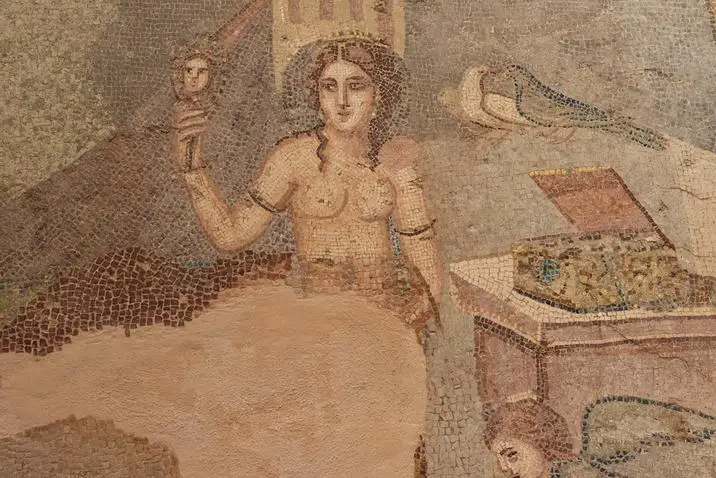
Psila Alonia Square is a vibrant public space that serves as the heart of Patras’ social and cultural life.
What to see or do: The square is an ideal spot to relax, people-watch and grab an al fresco drink or meal at one of the many cafes and tavernas that line the perimeter.
Throughout the year, it hosts a variety of events and festivals, including music concerts, theatrical performances, and art exhibitions.
Don’t miss: Be sure to check out the stunning statue of King George I, which sits proudly in the center of the square.
You can also explore nearby sights such as the historic Patras Castle and the vibrant Agyia neighborhood.
Insider travel tips: Visit the square during the summer months when it really comes alive with locals and tourists alike.
If you want to experience the true pulse of Patras, be sure to visit the square on a weekend evening when it is packed with music, entertainment and a friendly atmosphere.
7. Agios Andreas Church
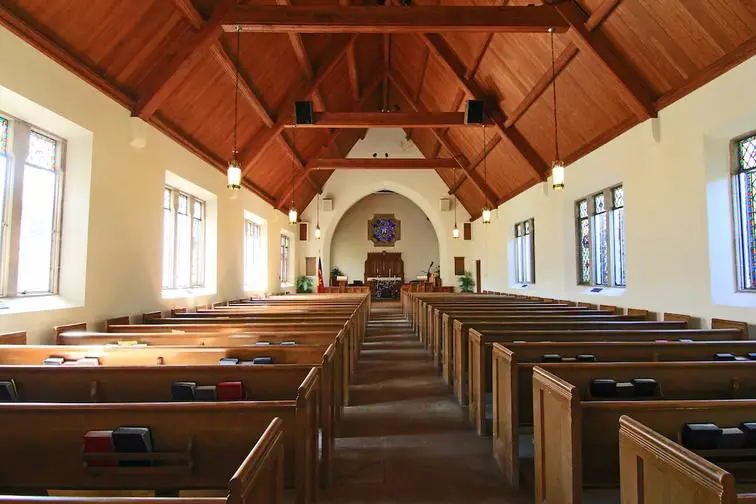
A beautiful Greek Orthodox church located in the city of Patras.
What to see or do: Admire the impressive architecture and intricate details of the church, including the stunning frescoes and elaborate dome. Take a stroll through the surrounding garden and enjoy the peaceful atmosphere.
Don’t miss: The miraculous holy icon of Agios Andreas, which is kept inside the church and believed to possess healing powers.
Insider travel tips: Dress appropriately when visiting the church as shorts and revealing clothing are not allowed.
Additionally, try to visit during the early morning or evening hours to avoid large crowds and get a more serene experience.
8. Patras Open-Air Water Power Museum

The Patras Open-Air Water Power Museum is a living museum that showcases the traditional water-powered industries of western Greece.
What to see or do: Visitors can take a self-guided tour of the museum, which consists of a network of streams, waterfalls, and water-powered workshops. The workshops include a flour mill, an olive press, a paper mill, and a fulling mill, among others.
There are also exhibits on traditional water management systems, including aqueducts and fountains.
Don’t miss: Be sure to see the re-created workers’ village, which shows what life was like for the people who lived and worked in the area in the 19th century.
The village includes a taverna, a church, and several houses.
Insider travel tips: – Wear comfortable shoes, as the museum is spread out over a large area with uneven terrain.
9. Patras Science Park & Technology Museum

A technology park and science museum located in Patras, Greece.
What to see or do: – Explore the exhibitions at the Technology Museum, which includes interactive displays and demonstrations on topics such as robotics, virtual reality, and renewable energy.
Don’t miss: – The geodesic dome, a unique architectural feature of the Patras Science Park.
Insider travel tips: – The museum and park can be reached via public transportation from Patras city center.
10. New Archaeological Museum of Patras

The New Archaeological Museum of Patras is a modern museum located in the city of Patras, Greece, showcasing artifacts from the ancient city of Patras and the surrounding region.
What to see or do: Visitors can explore the museum’s collections, which range from prehistoric times to the Roman era. The exhibits include pottery, sculptures, and jewelry, as well as items relating to civic life and religion in ancient Greece.
Don’t miss: One of the museum’s highlights is the impressive collection of Roman mosaics, which are among the best-preserved in Greece.
Visitors can also see a replica of the Patras Apollo, a famous statue that was found in the city in the early 20th century.
Insider travel tips: The museum offers guided tours and educational programs for school groups.
It’s also close to other major attractions in Patras, including the ancient Roman theater and the Achaia Clauss winery, making it a great stop for history and culture enthusiasts.
Plan your visit ahead of time to avoid crowds.
11. Saint Andrew’s Church
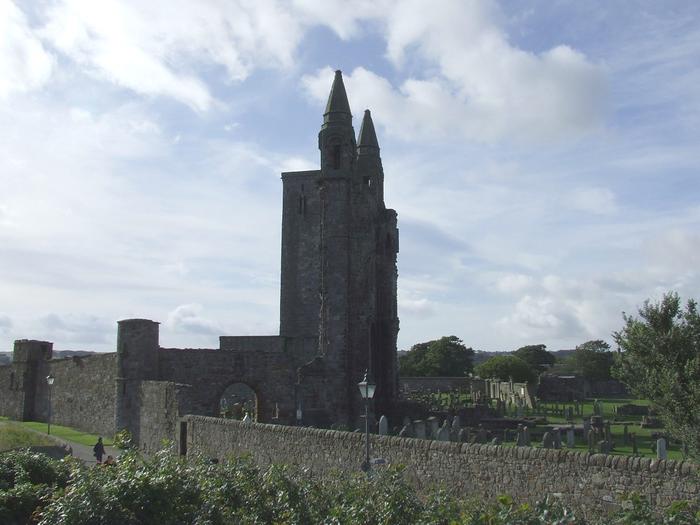
Saint Andrew’s Church is a Greek Orthodox church located in Patras, Greece. It is dedicated to Saint Andrew, the patron saint of Patras and brother of Saint Peter.
What to see or do: The church is an impressive example of Byzantine architecture, with its dome and bell tower dominating the skyline of Patras. Inside the church, visitors can see beautiful frescoes and mosaics depicting scenes from the life of Saint Andrew.
There is also a museum that houses a collection of religious artifacts.
Don’t miss: One of the main attractions of Saint Andrew’s Church is the relic of Saint Andrew’s skull, which is kept in a silver reliquary and displayed to the public on his feast day, November 30th.
Insider travel tips: – Dress modestly when visiting the church, as it is a place of worship.
12. The Roman Odeon
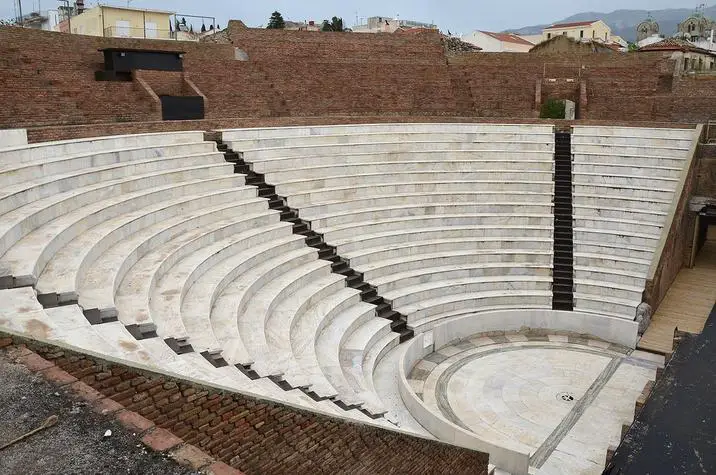
An ancient structure from the Roman era located in the heart of Patras, Greece.
What to see or do: Visitors can explore the Roman Odeon and learn about its history. The structure was once used for musical performances and could hold up to 2,300 people.
Today, it serves as a popular tourist attraction.
Don’t miss: Be sure to check out the impressive stage area, which is still intact. Visitors can imagine what the performances would have been like thousands of years ago.
Insider travel tips: If possible, try to visit the Roman Odeon during the off-season or early in the morning to avoid large crowds. Wear comfortable shoes as the terrain can be uneven.
13. Patras Marina
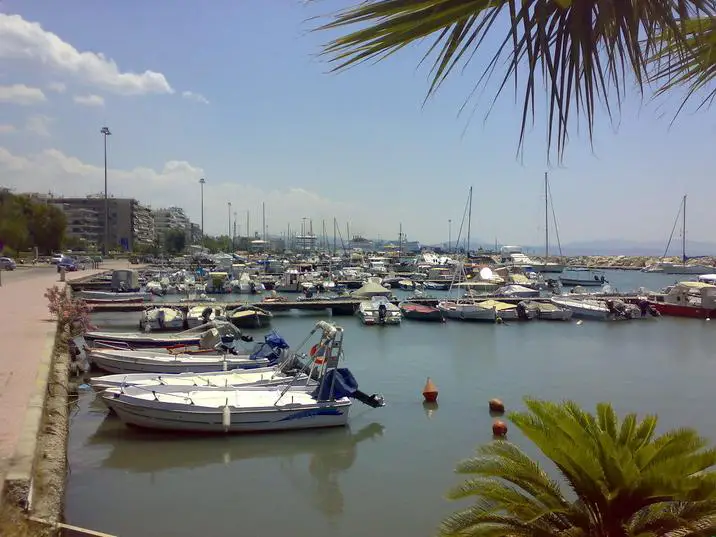
Patras Marina is a large sea port located on the northern coast of the Peloponnese peninsula.
What to see or do: – Take a walk around the marina and enjoy the views of the sea and the boats.
Don’t miss: – The lighthouse at the entrance of the marina, which offers great photo opportunities.
Insider travel tips: – The marina can get quite busy during the summer months, so book your boat rental or restaurant reservations in advance.
14. Patras Carnival Museum

The Patras Carnival Museum is a museum located in the city of Patras, Greece, dedicated to the history and cultural significance of the Patras Carnival.
What to see or do: Visitors to the museum can explore the rich history of the carnival with exhibits showcasing traditional costumes, floats, photographs, and other artifacts.
Don’t miss: One of the highlights of a visit to the Patras Carnival Museum is a chance to see the elaborate costumes worn during the carnival, many of which are created by local artisans and feature intricate designs and embellishments.
Insider travel tips: Take the time to watch the short films and videos that are shown throughout the museum, as they provide additional context and insights into the significance of the Patras Carnival both to the city and to Greek culture as a whole.
15. Panachaiko Mountain
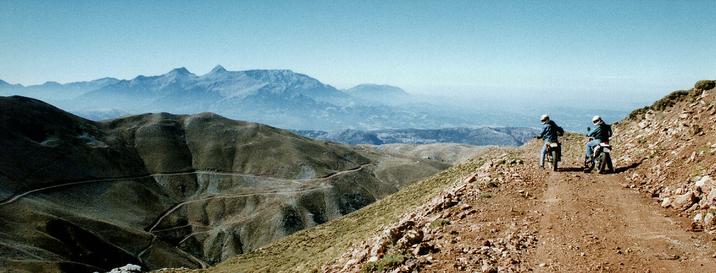
Panachaiko Mountain is a breathtaking mountain range in Patras, Greece.
What to see or do: Visitors can indulge in a variety of outdoor activities such as hiking, mountain biking, and skiing during winter. The mountain range is also home to several natural springs and caves that can be explored.
Don’t miss: The panoramic view from the summit of the mountain is truly stunning and not to be missed. The area is also home to historic monasteries and ancient ruins worth seeing.
Insider travel tips: It is best to visit the mountain range during the spring or autumn months when the weather is mild and pleasant.
Visitors should wear appropriate clothing and footwear for outdoor activities. Additionally, it is advisable to carry sufficient water and snacks as there are limited options for refreshments along the way.
💪 Support independent web, support us: